Thermal spray welding, also known as thermal spraying or spray welding, is a surface coating process widely used in industries that require component restoration, surface protection, or enhancement of physical properties. It involves spraying melted or semi-melted materials onto a substrate to create a protective or functional coating. This method has gained popularity across various sectors, including aerospace, automotive, energy, and heavy machinery. Like any industrial process, thermal spray welding comes with its own set of benefits and limitations. This article provides an in-depth analysis of the advantages and disadvantages of thermal spray welding to help engineers, decision-makers, and maintenance professionals better understand its applications and trade-offs.
What is Thermal Spray Welding?
Thermal spray welding is not a fusion welding process in the traditional sense. Instead of melting the base material, it involves the deposition of fine, molten particles onto a prepared surface. These particles solidify upon impact, forming a coating with desirable surface properties such as corrosion resistance, wear resistance, or thermal insulation. The process can be done using various techniques:
- Flame Spraying
- Electric Arc Spraying
- Plasma Spraying
- High-Velocity Oxy-Fuel (HVOF) Spraying
- Cold Spraying
Each method differs in terms of heat source, velocity, and coating properties, but all fall under the umbrella of thermal spraying.
Advantages of Thermal Spray Welding
1. Versatility of Materials
Thermal spray welding supports a wide range of feedstock materials, including metals (like aluminum, nickel, and stainless steel), ceramics, polymers, and composites. This allows for tailored coatings based on specific performance needs, whether it’s thermal insulation, anti-corrosion, or high wear resistance.
2. Substrate Compatibility
One of the most notable benefits is that it can be applied to various substrates, including metals, ceramics, and some polymers. Since the base material does not need to be melted, thermal spray welding avoids structural changes in the substrate.
3. Minimal Heat Input
Unlike traditional welding, which can cause thermal distortion or metallurgical changes in the base material, thermal spraying operates at lower temperatures. This minimizes the risk of heat-affected zones (HAZ), warping, or residual stress.
4. Excellent Surface Properties
Depending on the material used and the spray method, thermal spray coatings can offer:
- Superior wear resistance
- High-temperature stability
- Oxidation and corrosion resistance
- Electrical conductivity or insulation
- Thermal barrier protection
These properties are especially important in high-demand environments such as jet engines, turbines, and oil pipelines.
5. Restorative Applications
Thermal spray welding is ideal for restoring worn or damaged parts to their original dimensions. Rather than replacing entire components, manufacturers and maintenance teams can repair surfaces with high precision and at a lower cost.
6. Thick Coating Capabilities
The process allows for coatings ranging from a few microns to several millimeters thick. This makes it suitable for heavy-duty applications, including shaft rebuilding and structural reinforcement.
7. Environmentally Friendly Options
Some thermal spray processes, such as cold spraying or HVOF, do not require solvents or produce significant fumes, offering an environmentally safer alternative to other coating methods like electroplating.
Disadvantages of Thermal Spray Welding
1. Surface Preparation Requirements
Before applying a thermal spray coating, the substrate must undergo meticulous preparation—typically involving abrasive blasting. Inadequate surface roughness or contamination can result in poor adhesion or premature coating failure.
2. Equipment Cost and Complexity
High-quality thermal spray systems, especially plasma and HVOF equipment, can be expensive and require skilled technicians to operate. The initial investment and operational costs may be a barrier for smaller facilities.
3. Limited Bond Strength
Unlike traditional welding, which fuses the materials, thermal spray coatings rely on mechanical or metallurgical bonding. In some applications, this bond may not be strong enough to withstand severe mechanical stress or impact unless properly engineered.
4. Porosity in Coatings
Depending on the technique used, thermal spray coatings can have a degree of porosity. While this can be reduced by process optimization or post-treatment (such as sealing), it can compromise corrosion resistance in aggressive environments.
5. Not Suitable for All Geometries
Spray welding is more effective on open or relatively accessible surfaces. Components with complex geometries, deep cavities, or sharp internal corners may be difficult to coat evenly, leading to inconsistent performance.
6. Post-Processing May Be Needed
After coating, some parts may require grinding, machining, or sealing to achieve the final dimensional tolerances and surface finish. This adds to production time and cost.
7. Limited Structural Strength Contribution
Because thermal spray coatings are typically applied as surface layers, they do not add significant structural strength to the component. Their role is protective or functional, not load-bearing.
Common Applications of Thermal Spray Welding
Due to its versatility and effectiveness, thermal spray welding is used in numerous applications:
- Aerospace: Turbine blades, combustion chambers, landing gear
- Automotive: Piston rings, brake discs, crankshafts
- Oil & Gas: Drill components, valves, risers
- Power Generation: Boilers, rotors, and generator parts
- Steel Industry: Continuous caster rolls, rollers, and wear-resistant tools
- Medical: Orthopedic implants, surgical instruments (biocompatible coatings)
Thermal spray welding is a powerful surface engineering tool that delivers numerous benefits, from extending component life to enhancing surface functionality. It is especially valuable in industries that demand high performance under harsh conditions. While the process offers considerable flexibility and utility, it is not without its limitations. Proper understanding of the material system, application method, surface preparation, and process parameters is essential to achieving optimal results.
When used appropriately, thermal spray welding can significantly reduce maintenance costs, extend equipment life, and improve product performance—all while maintaining flexibility across a broad range of materials and industries.

 ENG
ENG
 English
English عربى
عربى Español
Español 中文简体
中文简体
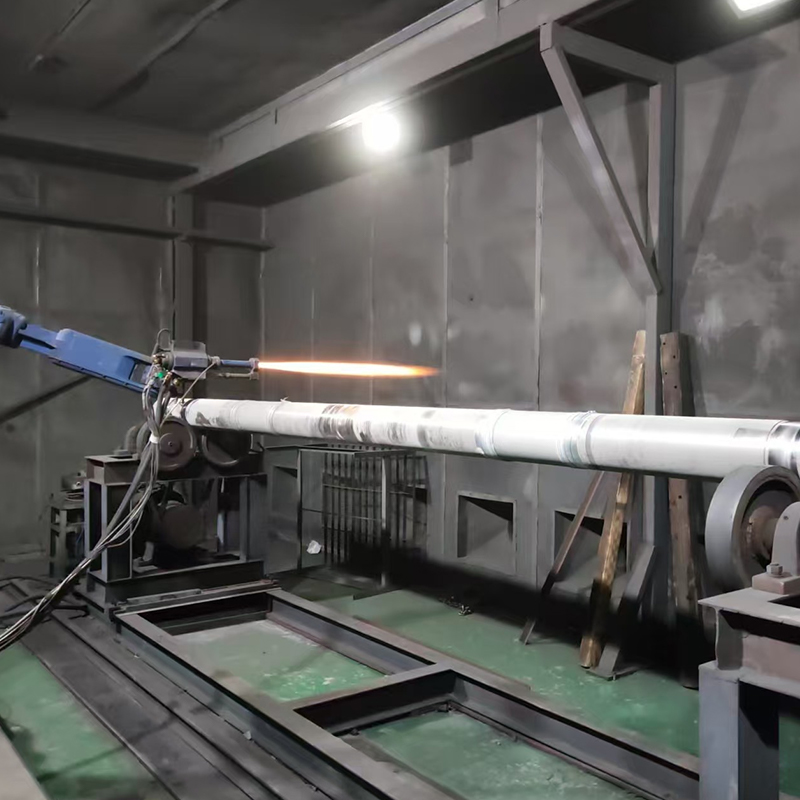
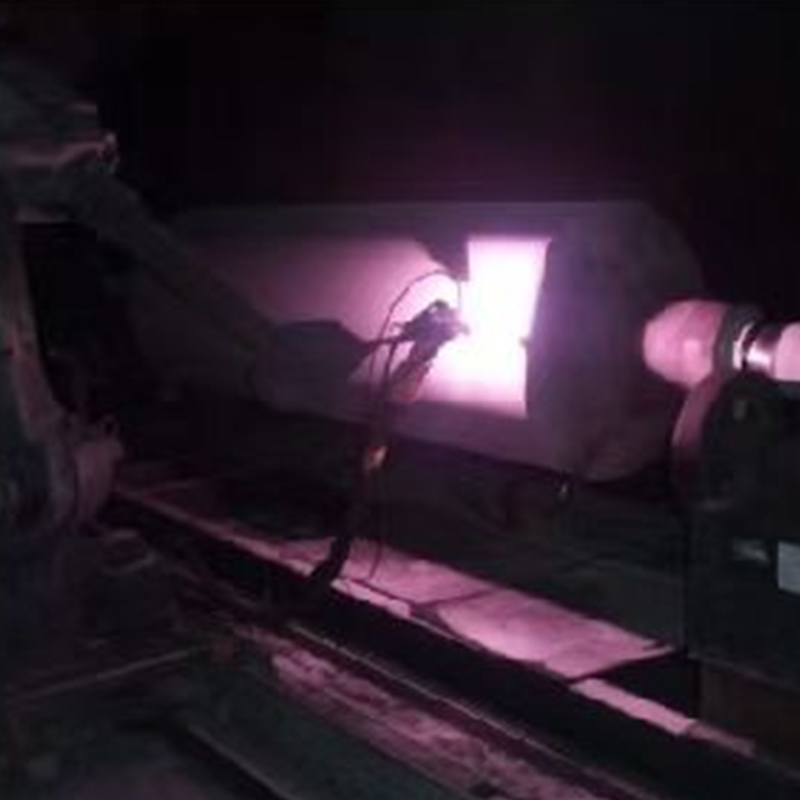
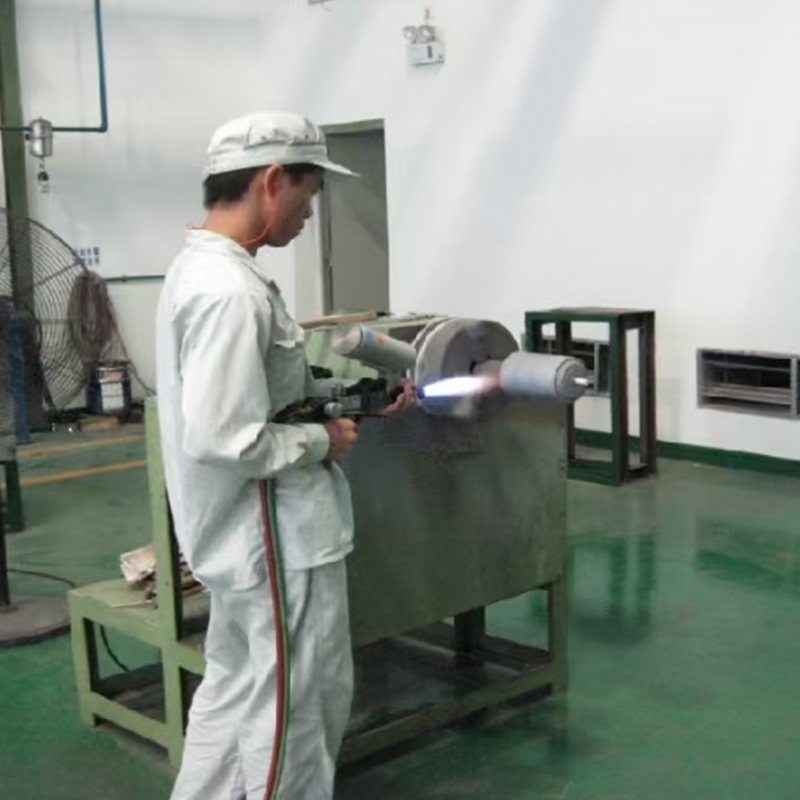

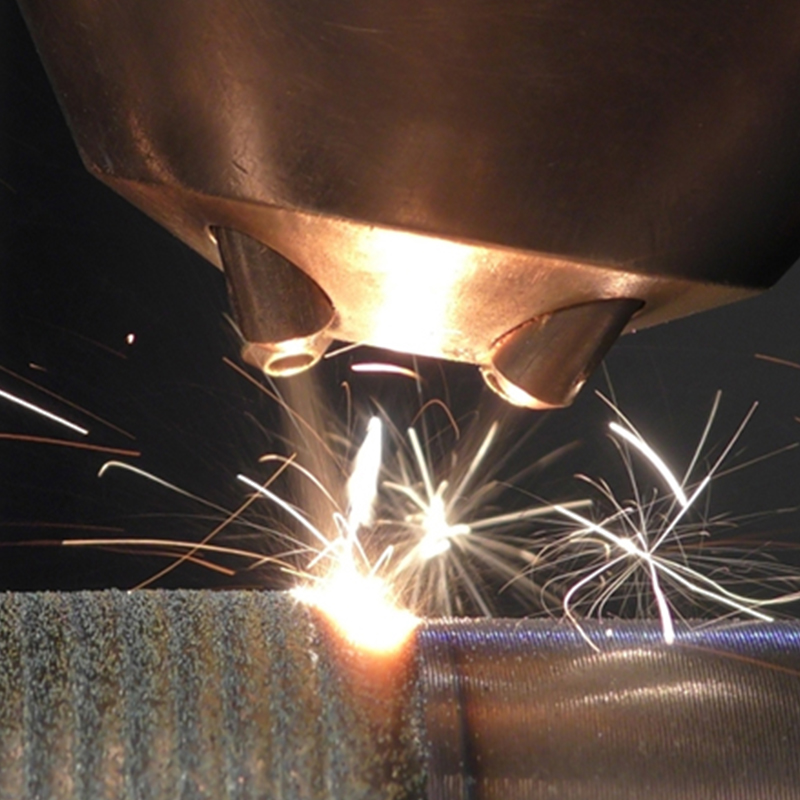
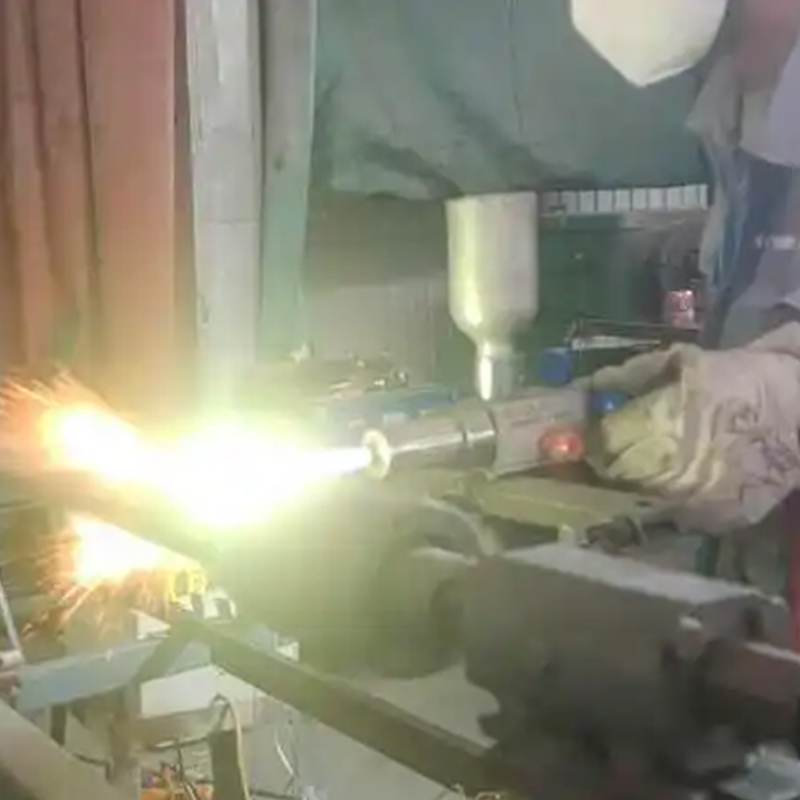
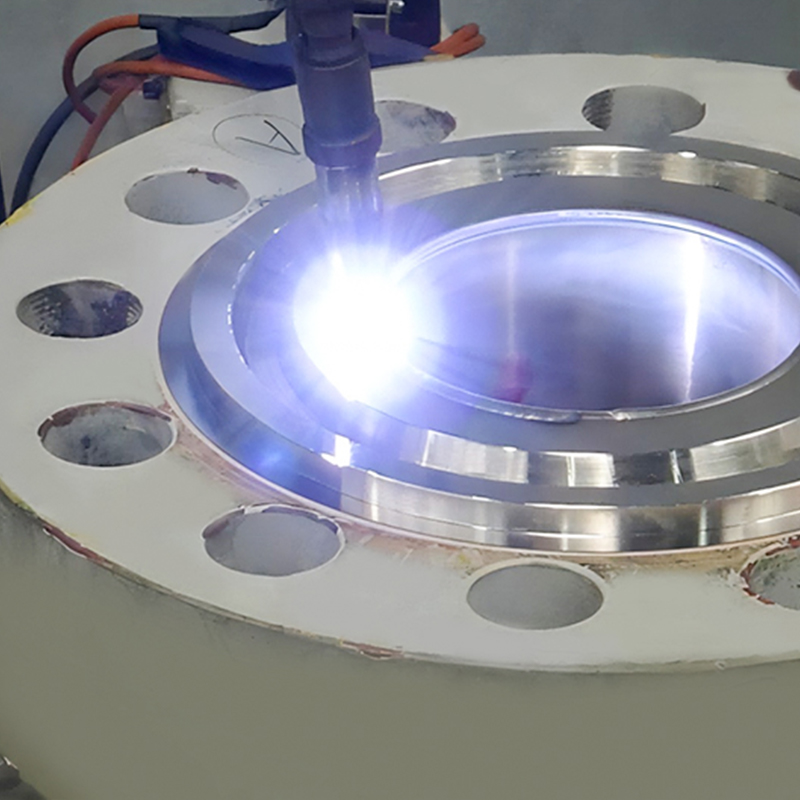
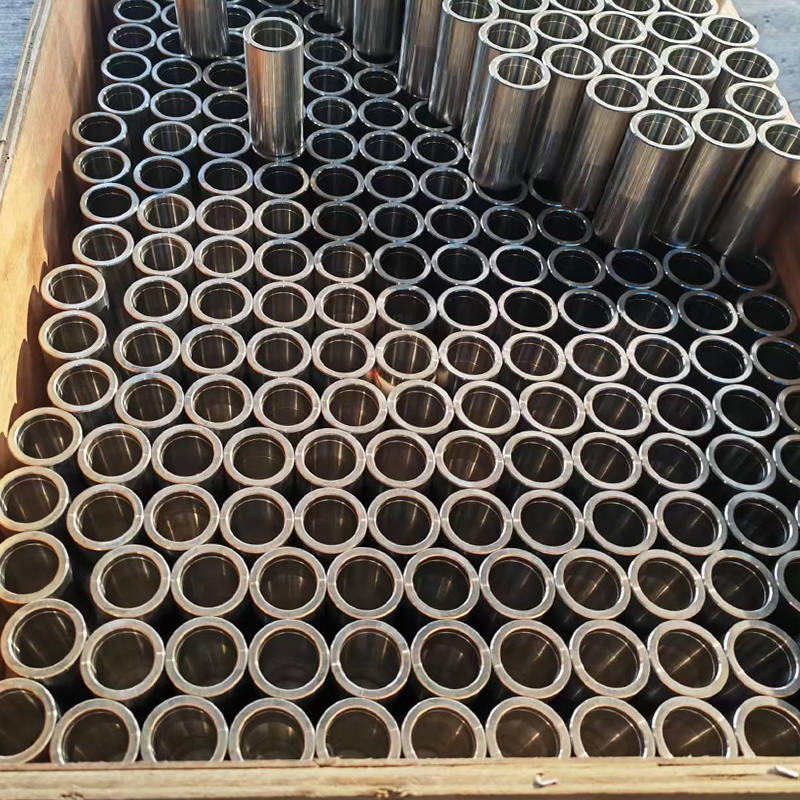
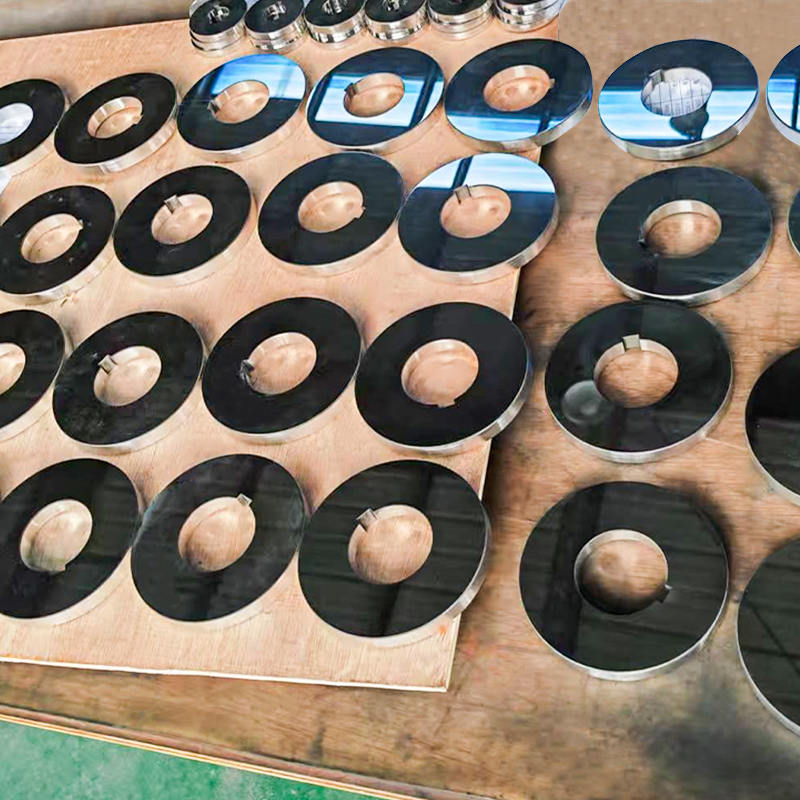
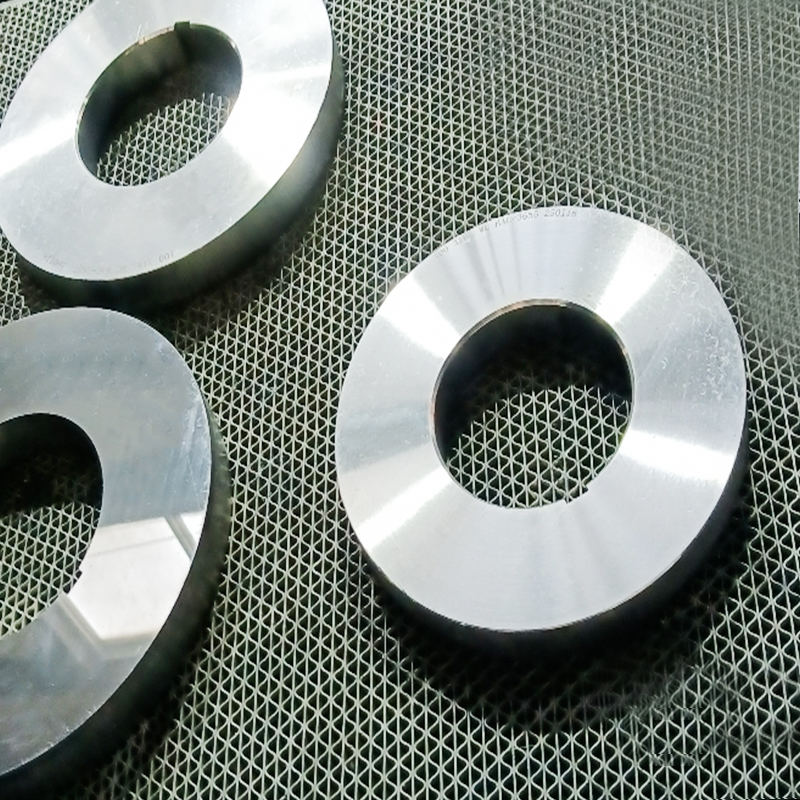
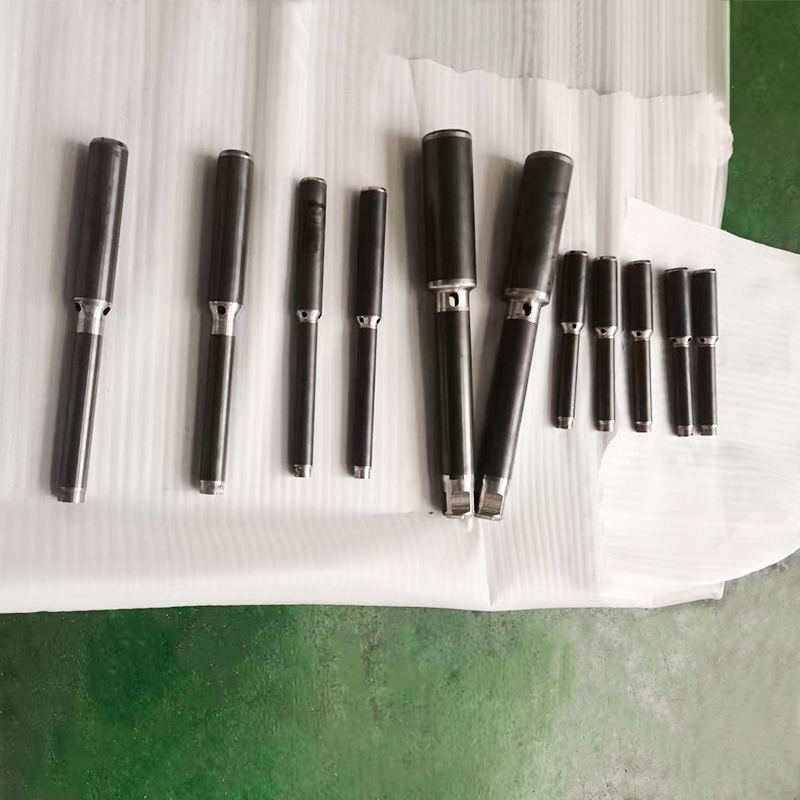
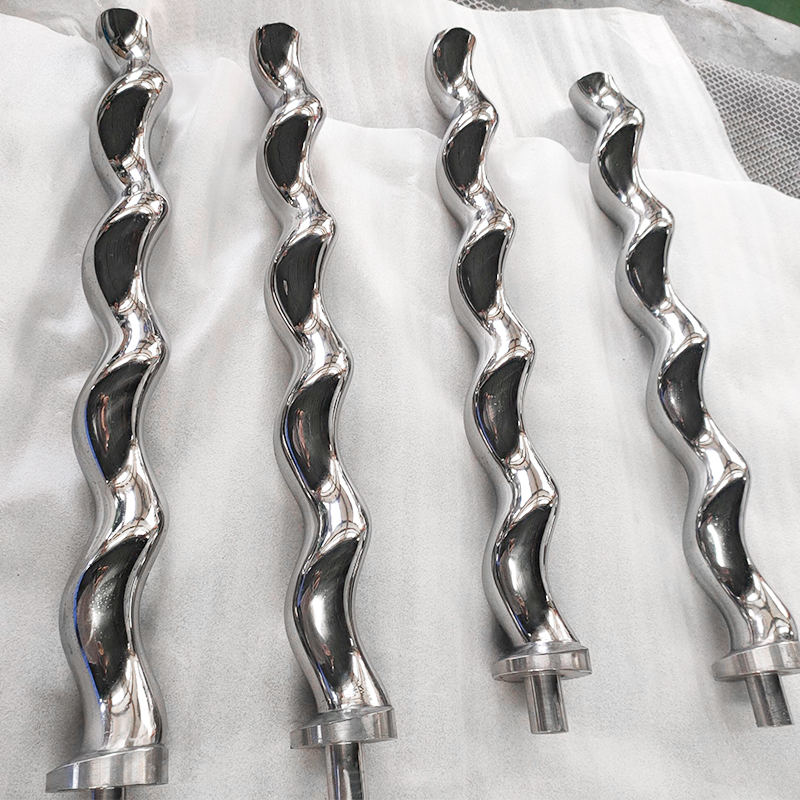

 TOP
TOP